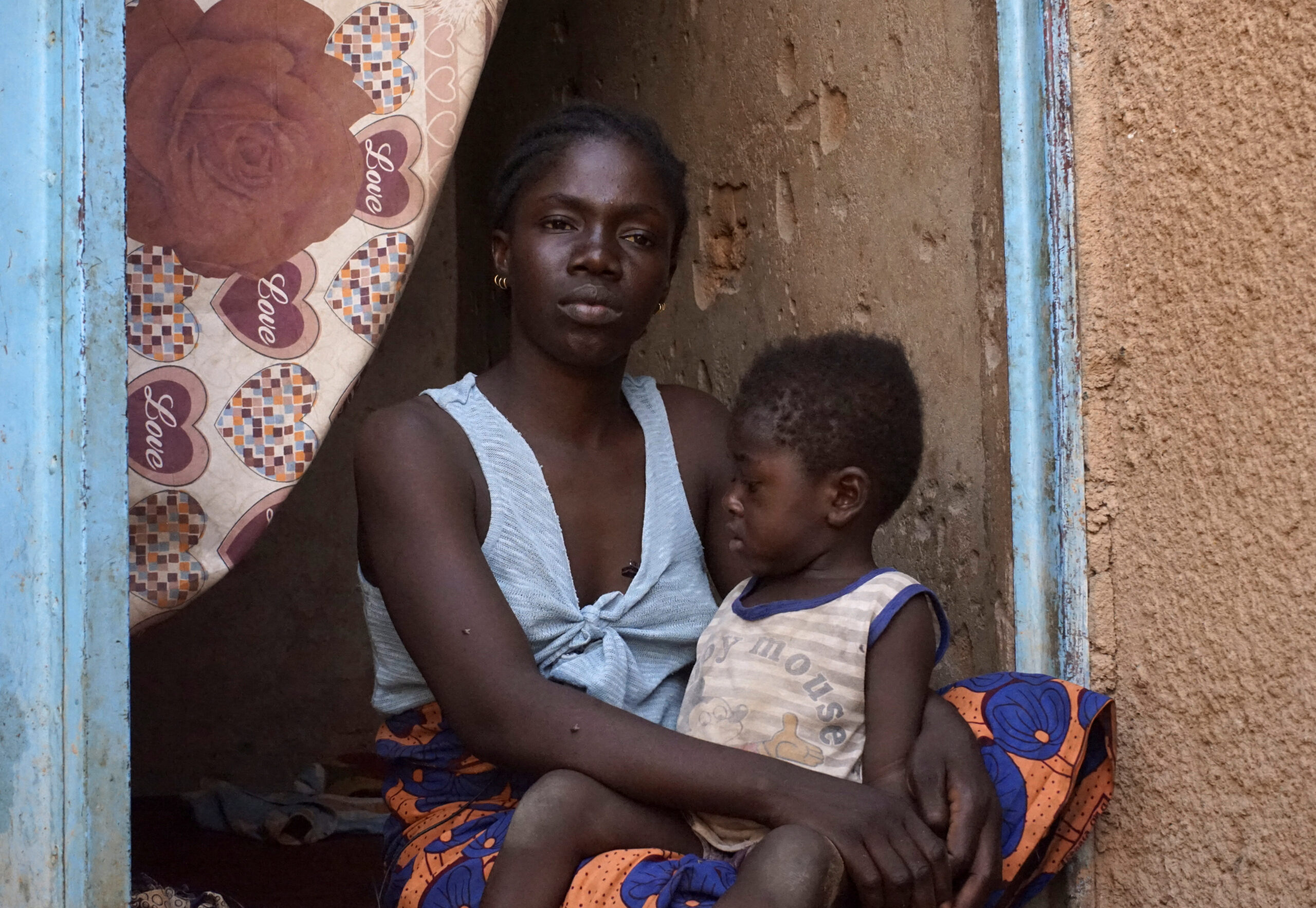
No wave of migrants arrived in Europe despite fears after the Niger junta lifted the prohibition
Twelve guys, their faces hidden behind sunglasses and turbans, piled aboard the back of a beaten pickup truck destined for Libya at the bus station in Agadez, a town in northern Niger that acts as a gateway to the Sahara.
Gripping small wooden poles in the hopes that they would keep themselves from slipping off while they chanted “Italy, Italy!” a number of men with their legs hanging over the side of the car.
“I’ll stay in Libya if I make enough money there. Speaking in a nearby migrant facility in late April, 40-year-old Guinean Abdoulaye Diallo declared, “If not, I’ll leave for Europe.”
In November, Niger’s military authorities repealed a regulation supported by the European Union that made it illegal for anybody to assist migrants. Since then, instead of using detours through the desert to evade detection, cars like this one bound for Libya have joined weekly convoys of Nigerien security personnel traveling north.
Since the law’s repeal, the number of migrants has dramatically increased. Based on data from the International Organization for Migration (IOM), a UN body, Reuters calculated that over 128,790 migrants were recorded departing Niger in March, which is 68% more than in March 2023.
According to a report released by the IOM last month, the cost for those seeking to traverse the desert from Niger to Libya has decreased from $500 to approximately $170 per person, thanks to the efforts of people smugglers.
Europe was alarmed by the law’s reversal. A surge in undocumented immigration has been forecast by certain far-right groups ahead of this week’s European Parliament elections.
Nine migration experts and members of organizations that focus on migration, however, presented a more cautious picture, pointing out that while data on migrants arriving in Europe across the Mediterranean does not indicate a rise, those numbers may rise in the future.
Flavio di Giacomo, the IOM spokesperson for the Mediterranean, stated, “When I hear politicians say that there is an immigration emergency or talk of an invasion: no, this is not the case.” According to him, the UN organization does not anticipate a sharp increase in the number of migrants using this route from North Africa in the upcoming months.
“Humanitarian emergencies occur here. In terms of numbers, it’s hardly an emergency.”
In fact, according to a May report from the EU border agency Frontex, arrivals via the central Mediterranean are down 62% from January to April. According to di Giacomo, this was partially caused by bad weather that made the sea passage more difficult.
As part of a centuries-old tradition of free movement of economic migrants, the IOM also cites historical trends indicating that 80% of African migrants prefer to remain in Africa.
However, after getting funding from the EU to reduce migration, two officials in the area—who wished to remain anonymous because they were not permitted to speak in public—said that Libya and Tunisia had also stepped up their efforts to stop or jail migrants trying to cross the Mediterranean. In order to address the issue, the EU said last year that it will invest 800 million euros throughout North Africa through 2024.
In response to queries from Reuters, a representative for the European Commission did not respond.
This week, Italian Prime Minister Giorgia Meloni attributed the decline in crossings “above all” to assistance from the two nations.
Travelers intending to enter Europe through Libya must first negotiate a variety of security personnel and rapacious militia. Speaking under anonymity owing to the delicate nature of the subject, a humanitarian worker in Libya described the nation as “a swamp” where many migrants became stuck while attempting to make a living or became victims of criminal organizations.
“It frequently takes months or even years before they arrive at the Mediterranean,” stated Niger activist Azizou Chehou, who also manages an organization that saves migrants from the desert.
Reuters reached out to Libyan and Tunisian authorities for comment, but they did not reply. In the past, Tunisia has declared that while it respects human rights, it does not permit anybody to enter the nation illegally. Libyan officials claim that they are addressing migration in collaboration with Italy and other neighbors.
Convenient Via Nigeria
By strengthening its borders and limiting asylum regulations, the 27-nation EU group has pushed to lower irregular migration from the Middle East and Africa throughout the previous ten years.
In order to stop the influx, the EU has also established barriers in the nations that migrants pass through. In Niger, this meant cooperating with the government to halt immigration in exchange for financial assistance and other investments to increase local access to lawful economic possibilities.
The 2015 law had a significant effect on migration via Niger. According to U.N. data, once it was implemented the following year and routes north of Agadez were actively guarded, reported outbound migrant flows decreased by 79% between 2016 and 2017.
According to Frontex, the number of migrants found on the central Mediterranean route dropped to 24,800 in 2018, which is more than 86% less than the record 181,459 in 2016, when the majority of the migrants had departed Libya.
Even still, some migrants continued to cross Niger, driving farther into the desert to avoid being discovered. Some managed to find alternate routes by overcrowding boats bound for the Canary Islands or by lawfully flying over the Sahara to reach Tunisia.
Following a coup in July 2023, the Niger junta swiftly renounced the agreement made with the EU.
The people who sheltered, fed, and transported the refugees saw their incomes suddenly disappear overnight, making the law extremely unpopular in northern Niger. According to three academics who spoke with Reuters, the junta most certainly saw the revocation of the law as a means of enhancing its anti-Western rhetoric.
The government revoked the law, according to Binta Maiga Moha, director of migration in Niger’s interior ministry, because it negatively impacted the Agadez region’s economy and only a small portion of EU funding was allocated to Niger; the majority went to the UN and relief organizations.
According to her, the law also made people take bigger chances, which resulted in more deaths.
Because it’s unclear how much migration escaped detection before to the legislation change, migration researcher Luca Raineri of Italy’s Sant’Anna School of Advanced Studies said it’s difficult to estimate how many additional people are transiting through Niger.
However, information from neighborhood non-governmental organizations points to a significant upsurge in northward migration.
When the law was in effect, ten to twenty vehicles, each carrying roughly twenty-five persons, would depart for Libya and Algeria every week; however, that number has since increased to nearly one hundred, according to Chehou.
According to the IOM, almost 60% of the migrants seen passing through Niger each month this year are Nigerien nationals. It states that the majority of Nigeriens who migrate to Libya do so in search of employment and have no intention of staying on.
According to the IOM, the number of migrants registered in Libya as of February 2024 was 719,064—the largest since the organization began tracking displacement there—partly because of Niger’s legislative change.
According to a U.N. assessment last year that detailed potential crimes against humanity, there is “overwhelming” evidence of systemic torture and sexual enslavement in the nation where the migrants are entering, and “widescale” exploitation of migrants is a profitable industry.
All Categories
Recent Posts
Tags
+13162306000
zoneyetu@yahoo.com



